Weekly Reader: Yiddish Music and its History
July at the Yiddish Book Center is always a busy time. All of our summertime educational programs are in full swing. This year, we’re installing our new core exhibition, Yiddish: A Global Culture, which will open on October 15. But the highlight of the month is always Yidstock, our annual festival of new Yiddish music. We hope you can make it to this year’s festival, which runs July 13–16 (or join us online for livestream access to each concert!). To get ready for the weekend, here are selections from our collections about Yiddish music and its history.
—Ezra Glinter, Senior Staff Writer and Editor
Director’s Cut
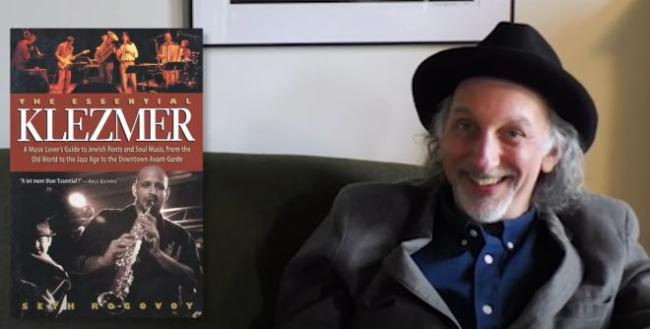
Seth Rogovoy is a culture critic, writer, historian, and the longtime artistic director of Yidstock. He is also the author of The Essential Klezmer: A Music Lover’s Guide to Jewish Roots and Soul Music (Algonquin, 2000) and Bob Dylan: Prophet Mystic Poet (Scribner, 2009). But Rogovoy didn’t come to klezmer directly. In this oral history interview, he remembers how he got involved with klezmer through his beginnings in rock and roll.
Elder Statesman
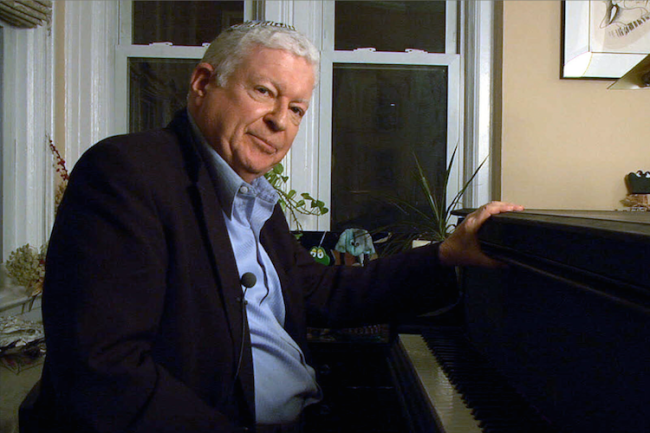
Many of today’s klezmer musicians came to the music in the ’70s, ’80s, or later. But while others were rediscovering the music, the late Pete “Klezmer Fats” Sokolow was already there. In this short documentary film produced by our Wexler Oral History Project, Sokolow tells his compelling life story, from growing up the son of a musician in New York, to performing for Yiddish-speaking communities in the Catskills, to ultimately discovering and mastering klezmer under the mentorship of some of the genre’s most renowned musicians. As he sits at his piano, Sokolow ponders whether cultural authenticity will persevere or become a vestige of the past.
Watch What’s the Matter with Klezmer? The Pete Sokolow Story
Klezmer, the Novel
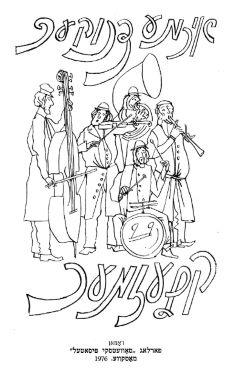
Klezmer musicians today tend to be respected figures. Many of them have advanced degrees from elite conservatories, and they don’t just play simple wedding gigs. But in Eastern Europe, klezmorim were more likely to be seen as scoundrels, itinerant merry-makers who were just a step above petty criminals. In his 1940 novel Klezmer, Soviet Yiddish writer Irme Druker foreshadowed the more respectable klezmer musician in the character of Ezra Moliarsky, whom he based on the renowned Russian Jewish violinist Pyotr Solomonovich Stoliarsky. The novel is in Yiddish and available through the Yiddish Book Center’s Steven Spielberg Digital Yiddish Library.
The Local Scene
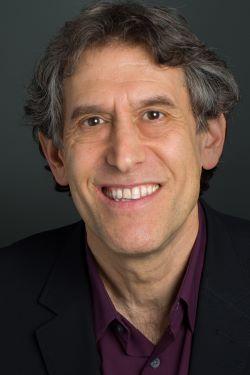
Like every other type of music, klezmer has thrived in specific times and places. In this online lecture, Hankus Netsky provides a lively and detailed overview of the folk music tradition as practiced in Philadelphia’s Jewish community. Through interviews, archival research, and recordings, Hankus constructs an ethnographic portrait of Philadelphia’s Jewish musicians, the environment they worked in, and the repertoire they performed at local Jewish lifestyle and communal celebrations.
A Musician’s Tale
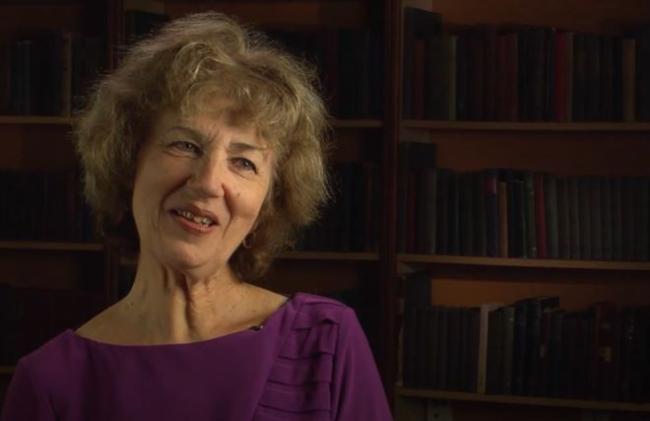
Yiddish music isn’t just a source of entertainment—it’s the subject of it, too. Yoshke Muzikant, or Yoshke the Musician, a play written by Osip Dimov and adapted by Joseph Buloff, portrays a poor musician who competes for the love of the beautiful Sheyne with the egotistical cardplayer Semyontshik. The play achieved widespread success through performances by the Vilna Troupe in Europe and later in the United States. In this oral history interview, Diane Cypkin, a performer and professor at Pace University, recalls working with Buloff on his celebrated musical.
Recorded for Posterity
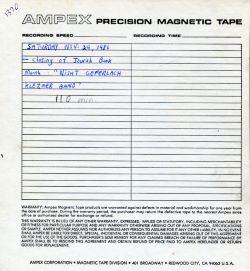
Our Frances Brandt Online Yiddish Audio Library, taken from the archives of Montreal’s Jewish Public Library, mostly consists of lectures by Yiddish writers and other literary figures. But the library recorded pretty much every event that took place there, including concerts. In this recording you can listen to a 1986 performance by the Nisht Geferlach Klezmer Band.
